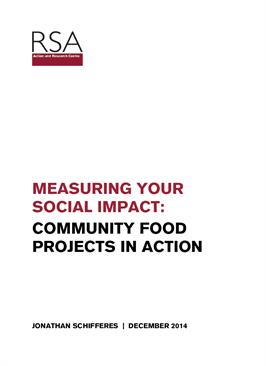Our research found that the Incredible Edible project has engaged local communities in Yorkshire in a refreshing way, using growing to encourage people to play a more active role in shaping their place.
Firstly, when they experience growth and achieve progress, community projects can often become dependent on a few individuals who take on a leadership role. As the projects develop, new people become involved while others may leave. In order for new leaders to build on the power of the creative contributions of others, it is helpful to inherit an understanding of how participants in a group are connected – how they came to be involved, what they’ve done so far, who they know and who they don’t.
Secondly, it is clear that the most powerful impact of many community groups and community projects happens when they sustain over time, becoming movements. A movement has leadership in several forms, which are constantly evolving to self-organise and direct energy, attention and resources to where it is needed and can make a difference. It is the connectedness and commitment to taking action in a local community which is valuable – but it is also the hardest thing to measure.
We recommend how community-led groups can overcome two common challenges by using network analysis to measure social impact.
pdf 574.1 KB
Contributors


Join the discussion
Comments
Please login to post a comment or reply
Don't have an account? Click here to register.
In London, Organiclea (www.organiclea.org.uk)has an effective relationship with Waltham Forest. It leases the Hawkwood Nursery which consists of a 12 acre site and a half-acre glasshouse. It also owns an old electric milk truck - for food delivery. There are five 'professional' staff and 100+ volunteers. The site is highly productive - agriculturally and socially. It's a great example of community connection.
It hold an Open Day the last Sunday of the month. I attended the one in January, timed to contribute to the national bird count. An unusual historic link to T.E.Lawrence (!) - the site was eyed by property developers in the 1920s, but it was bought by LOA to be preserved for public use.